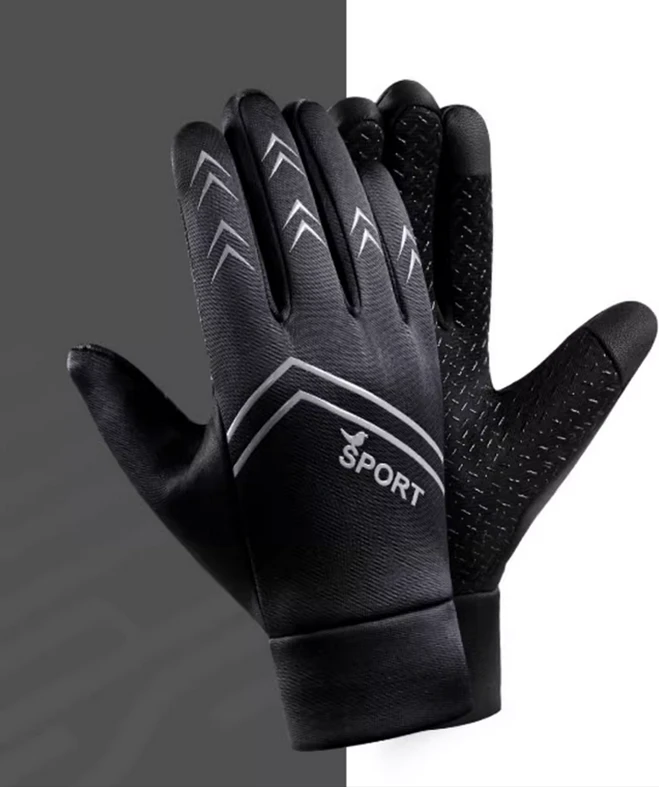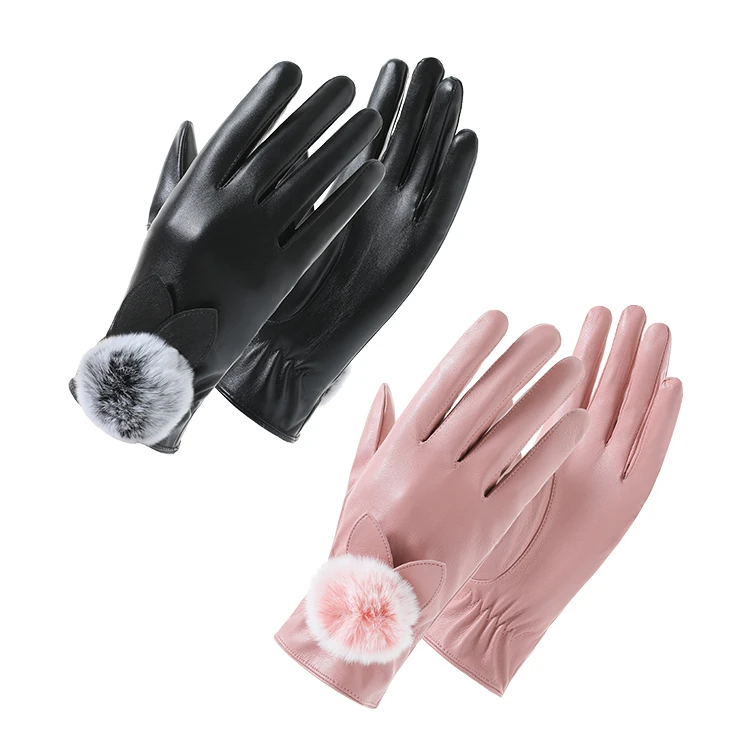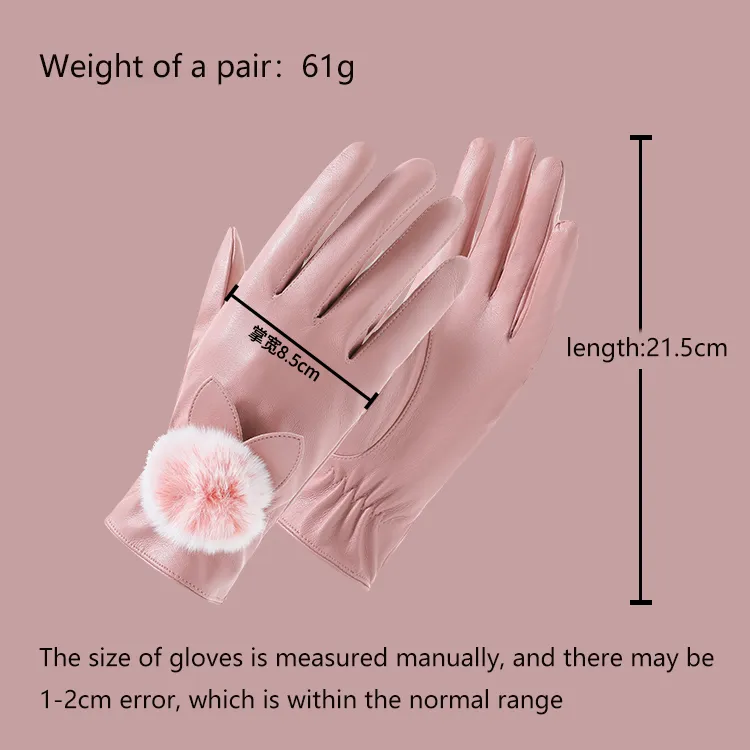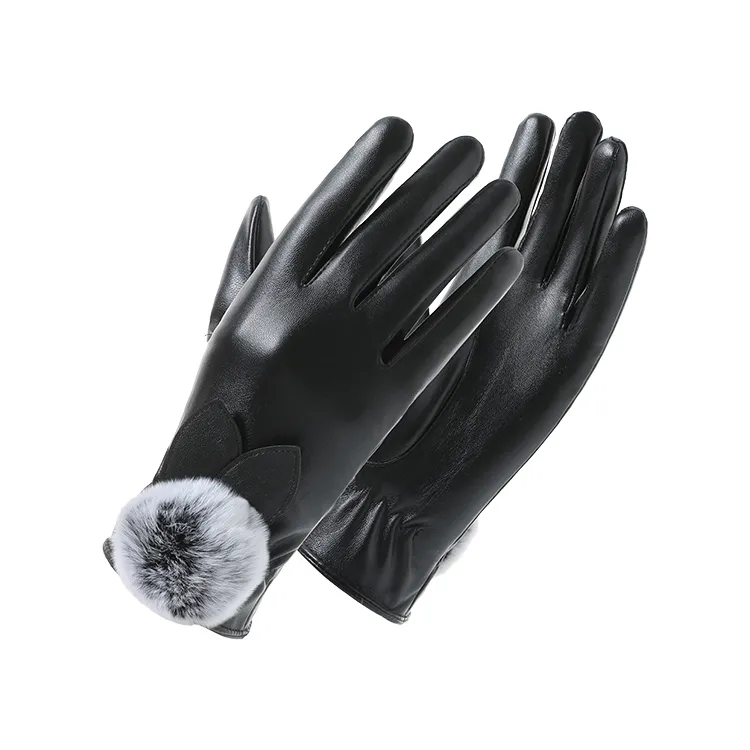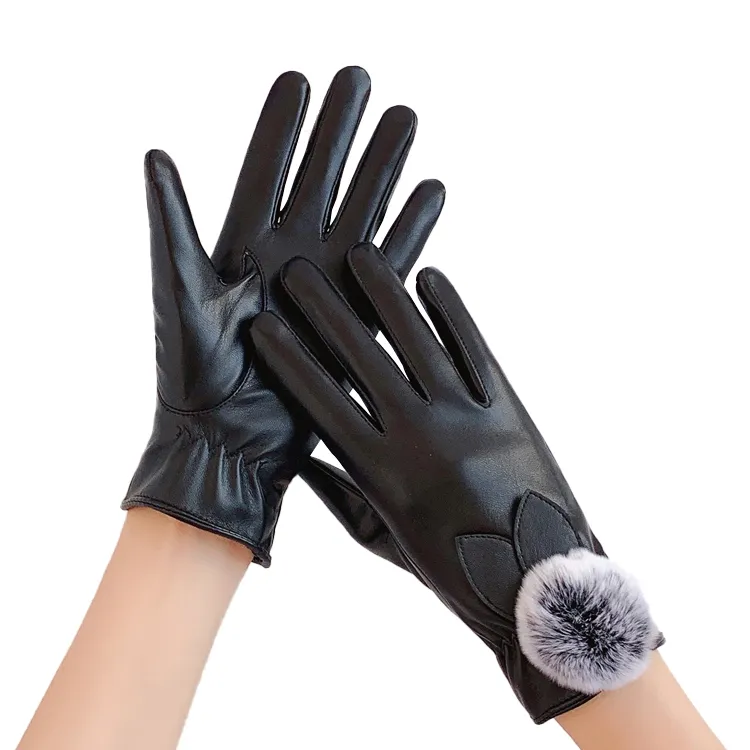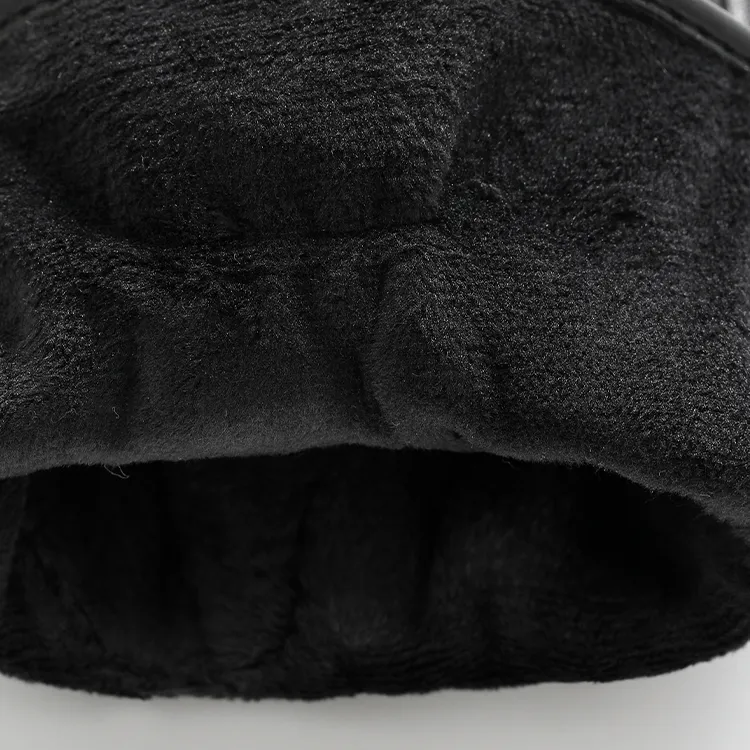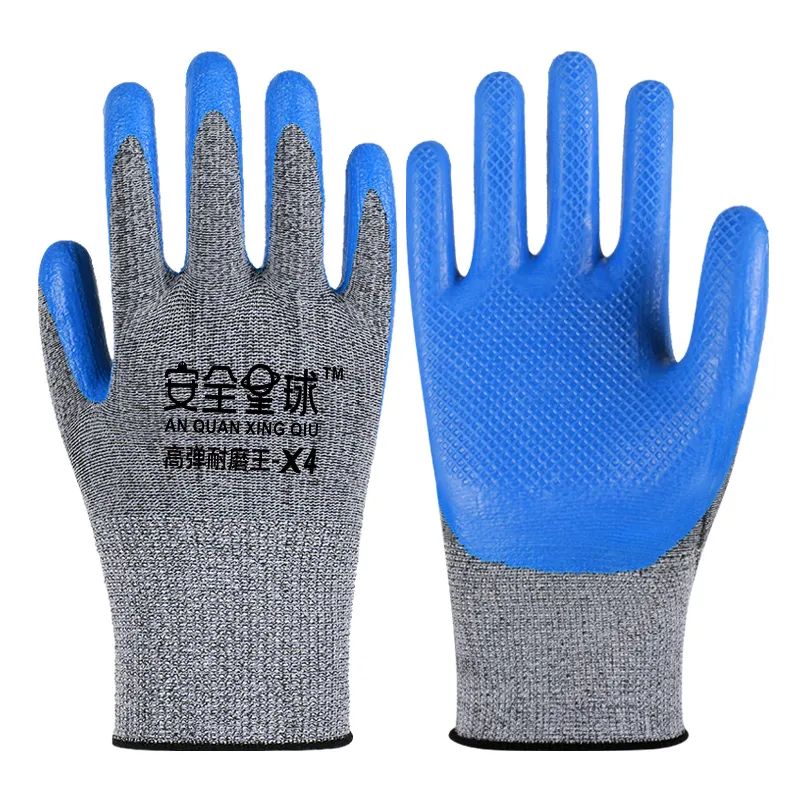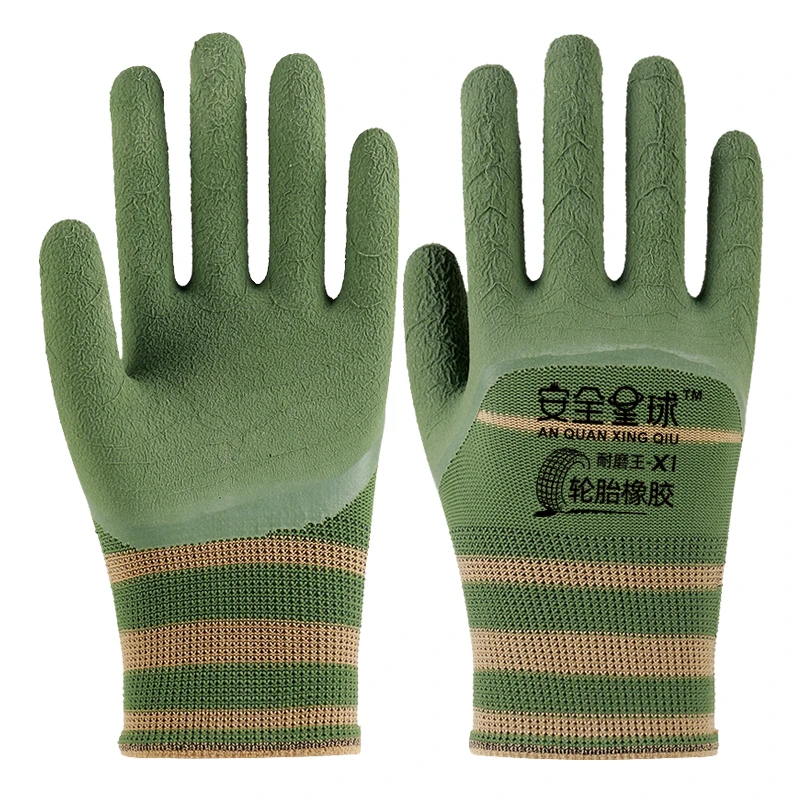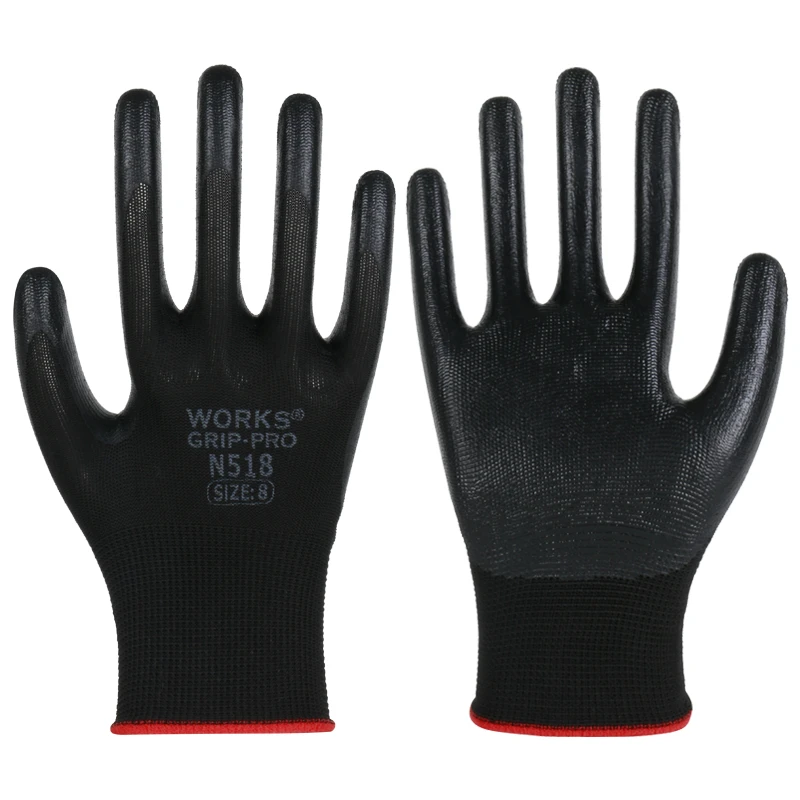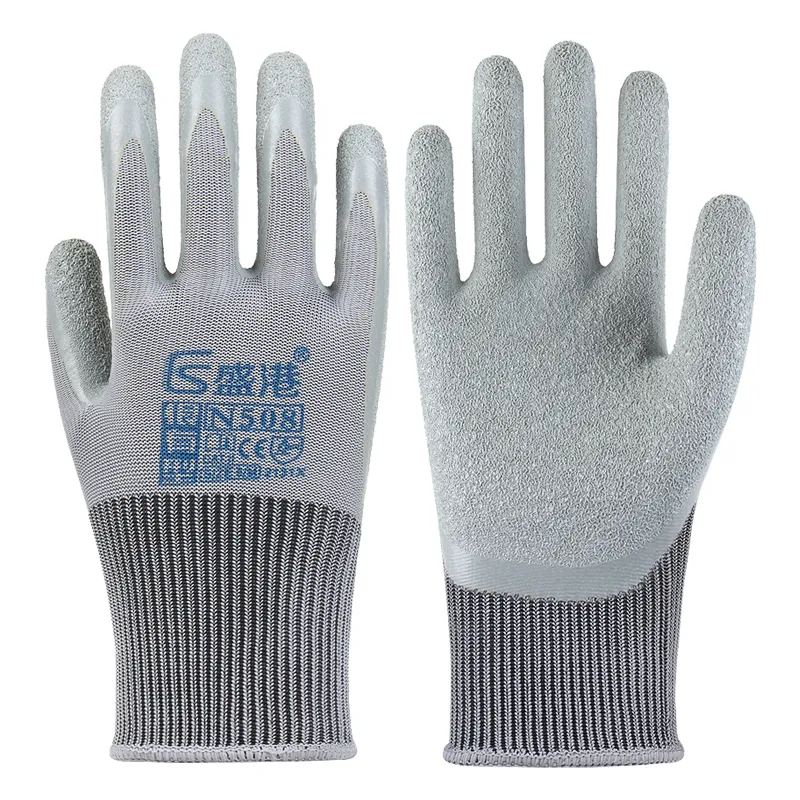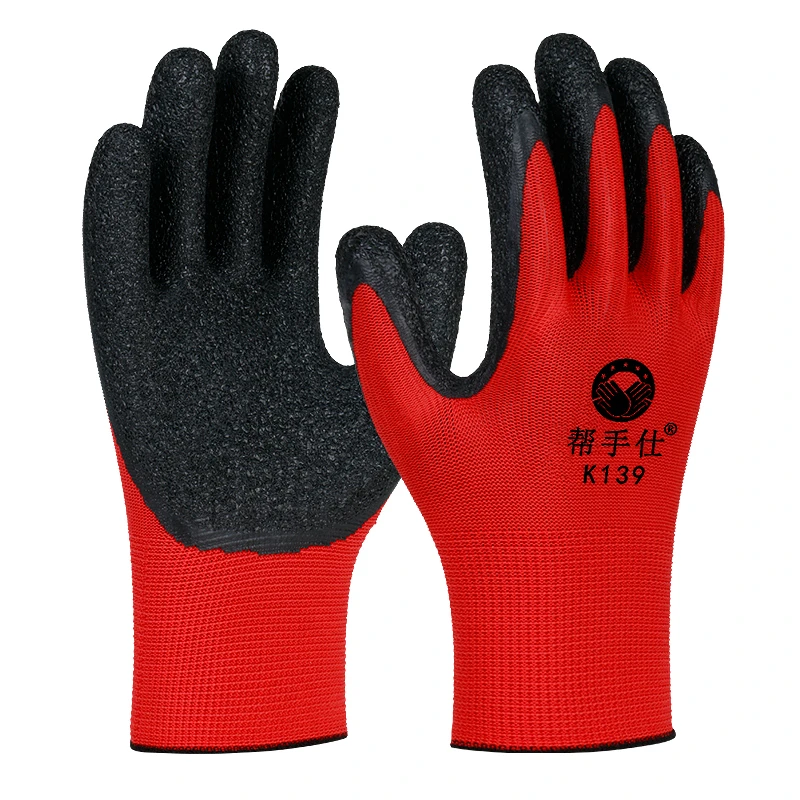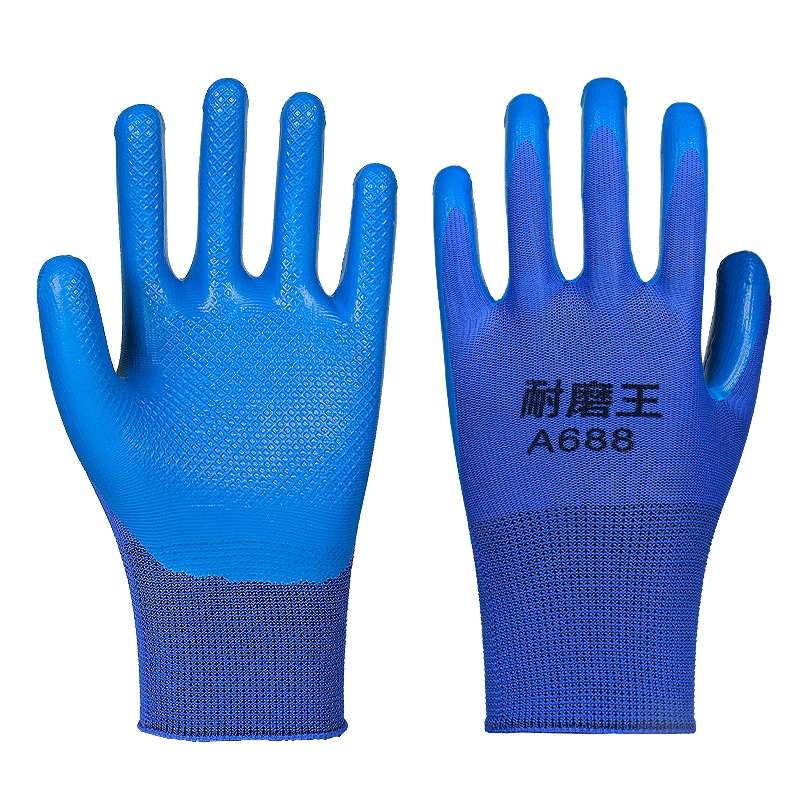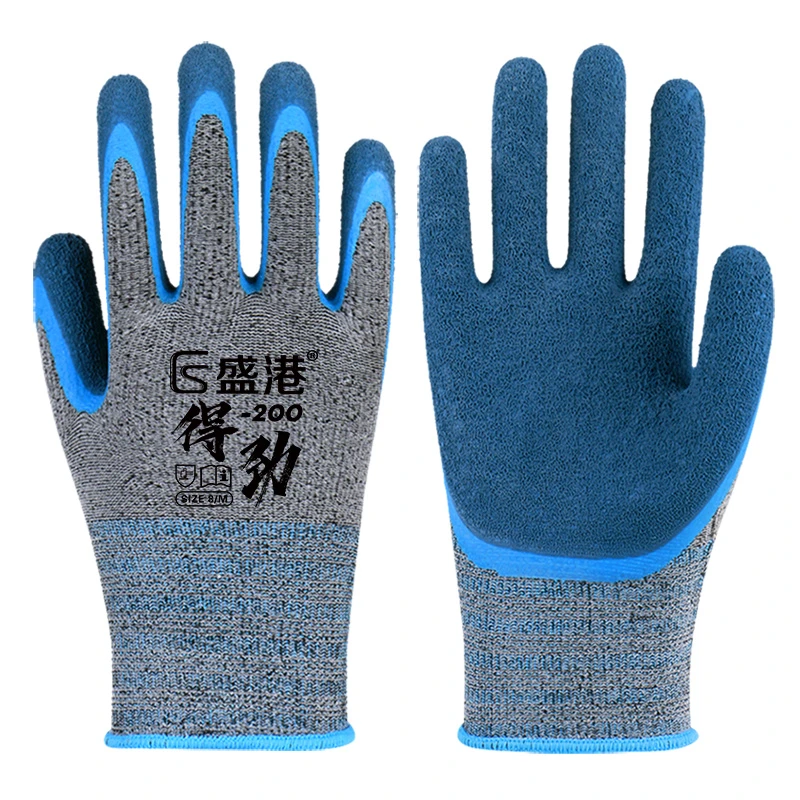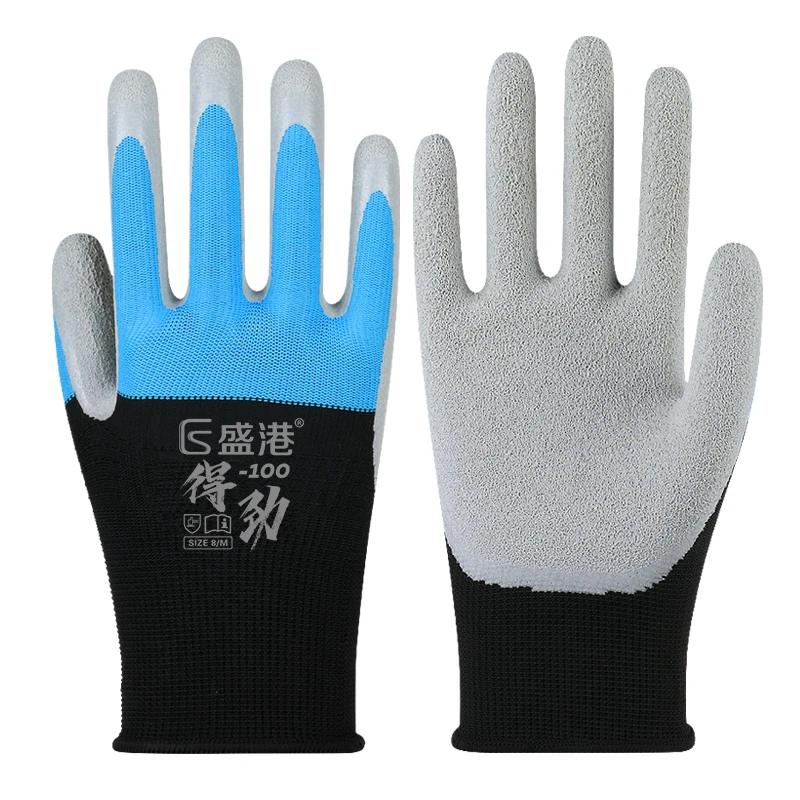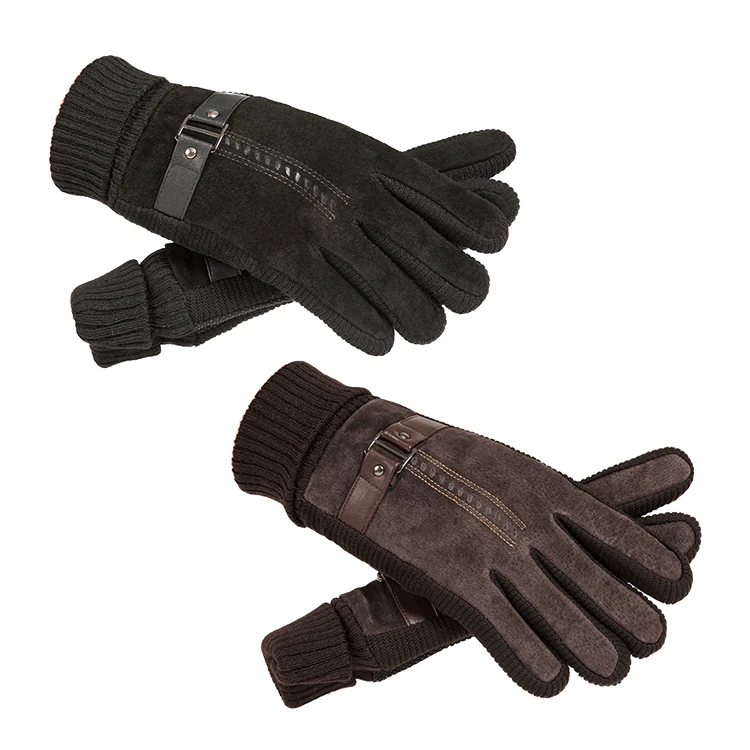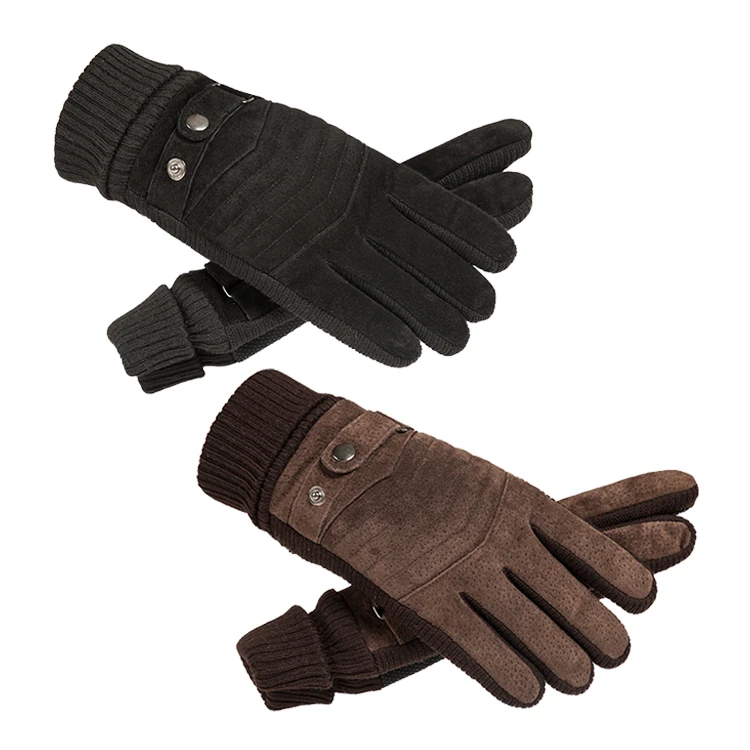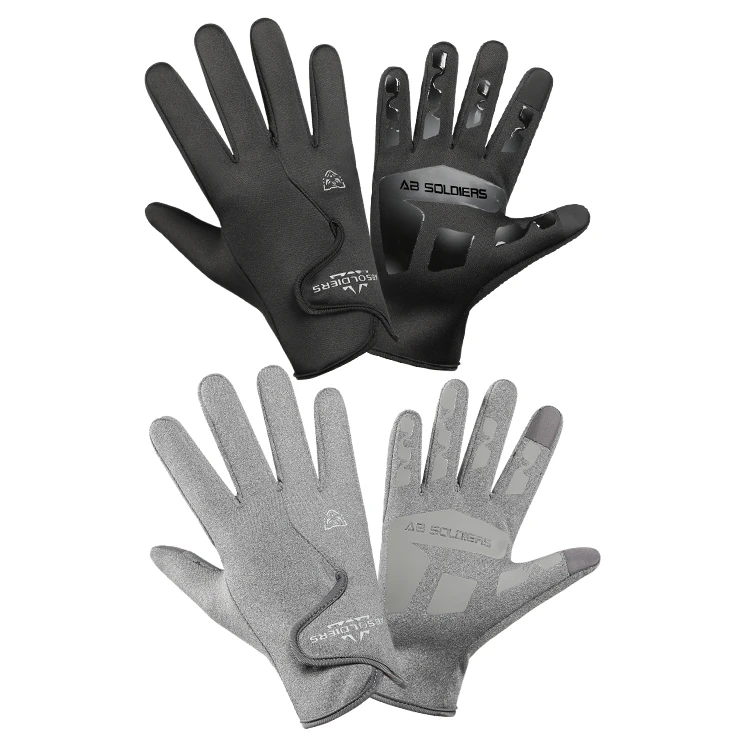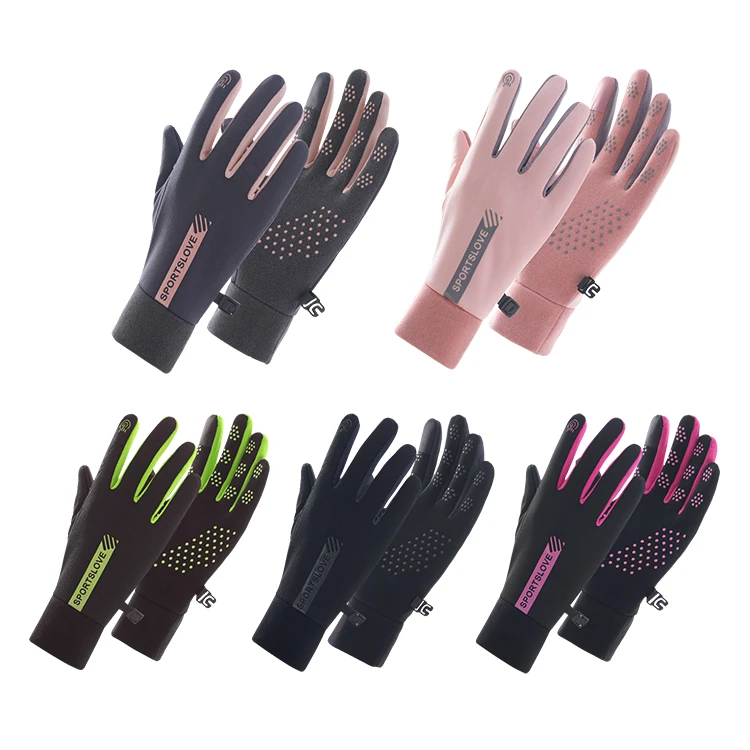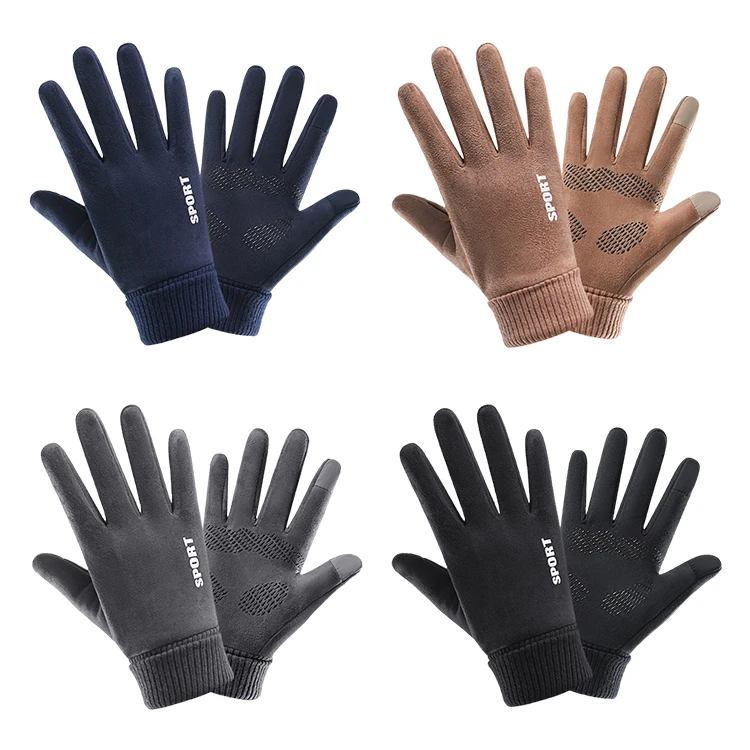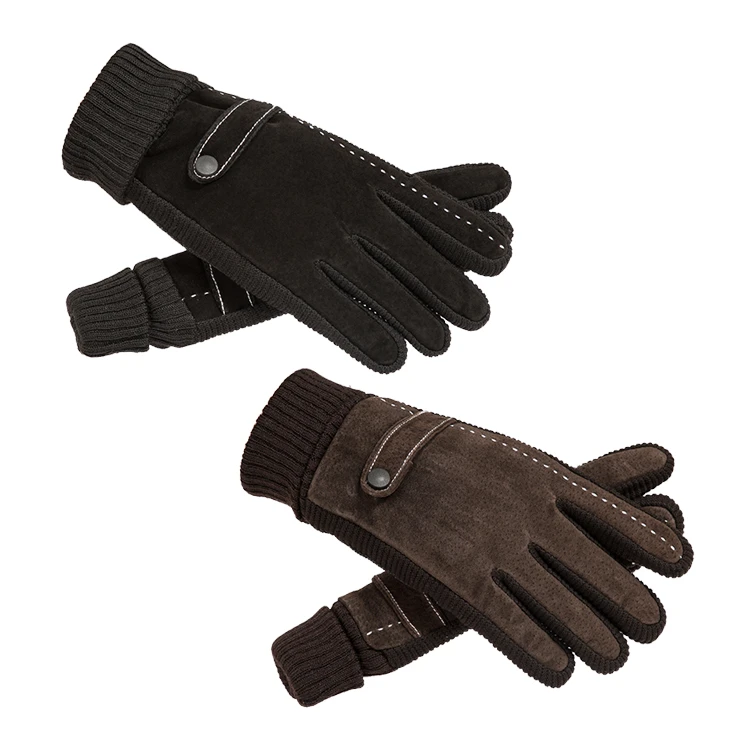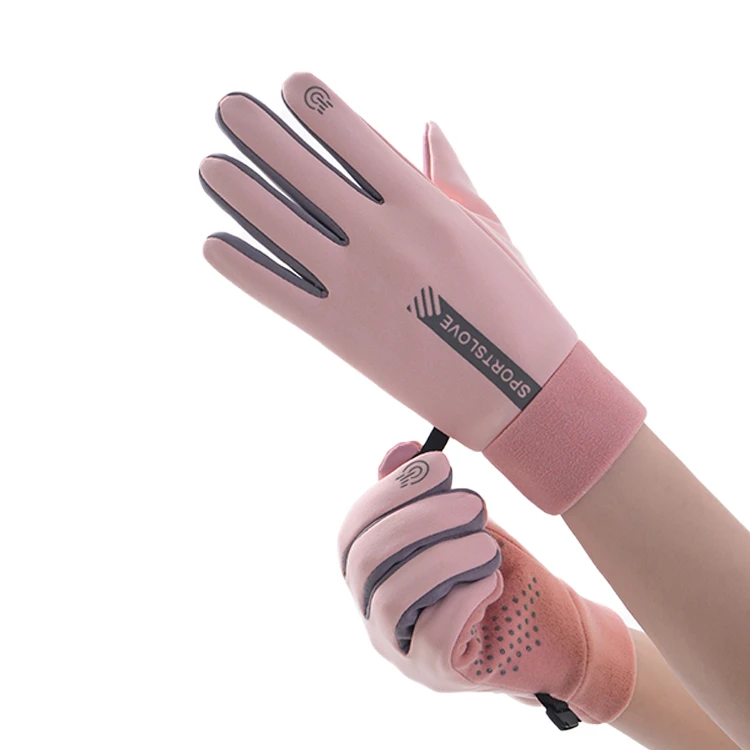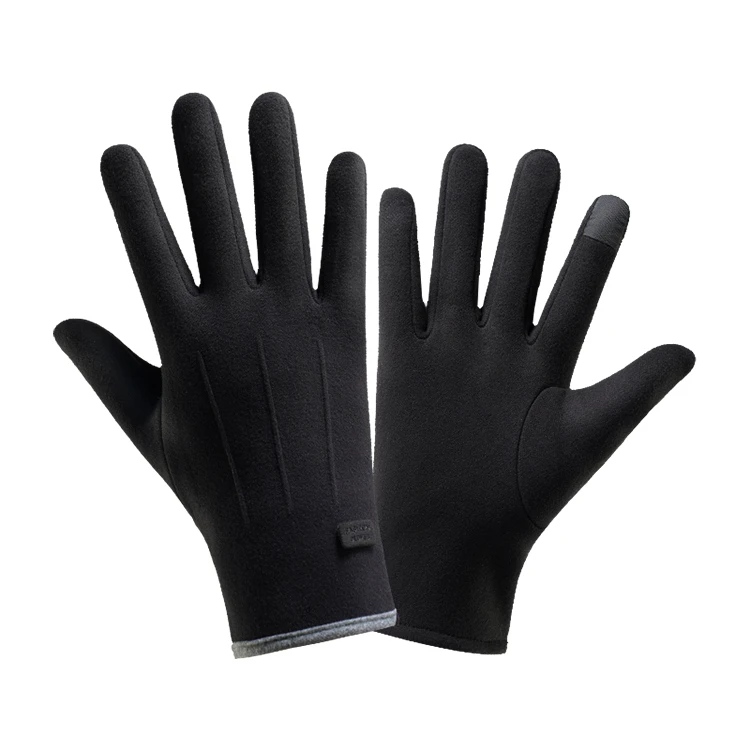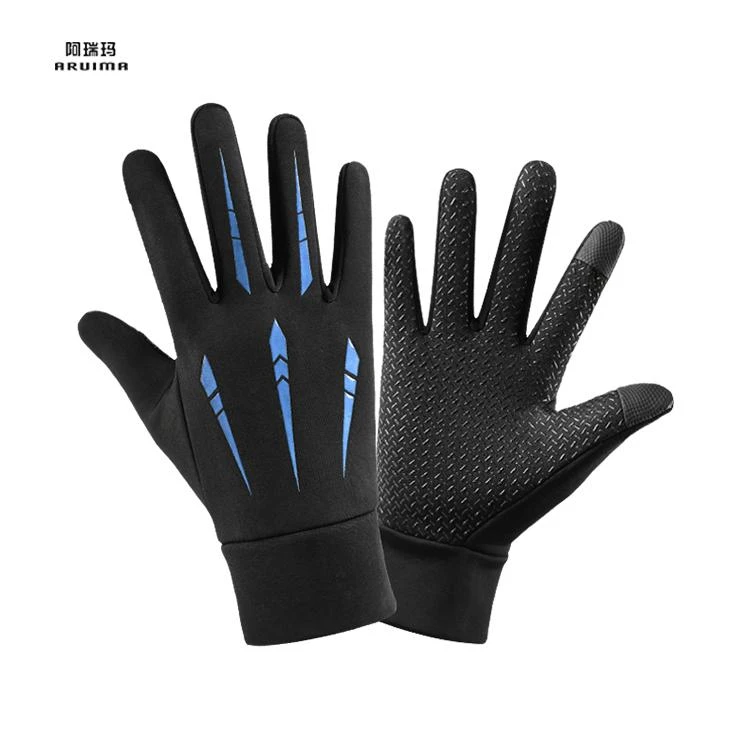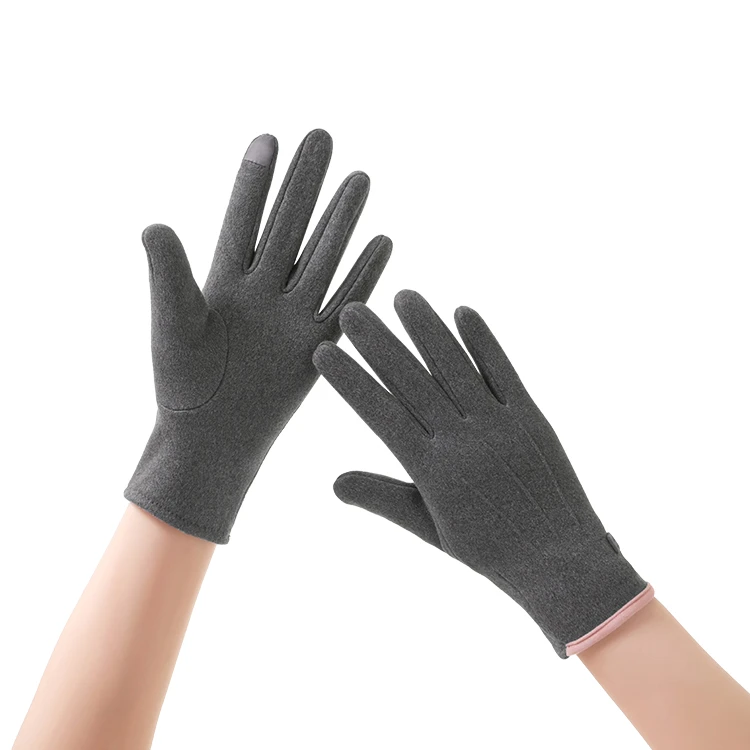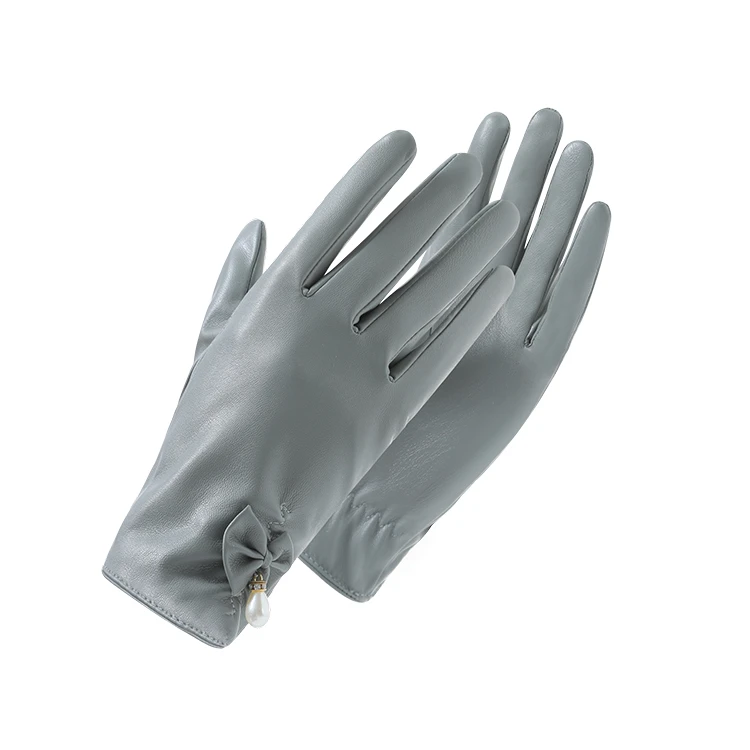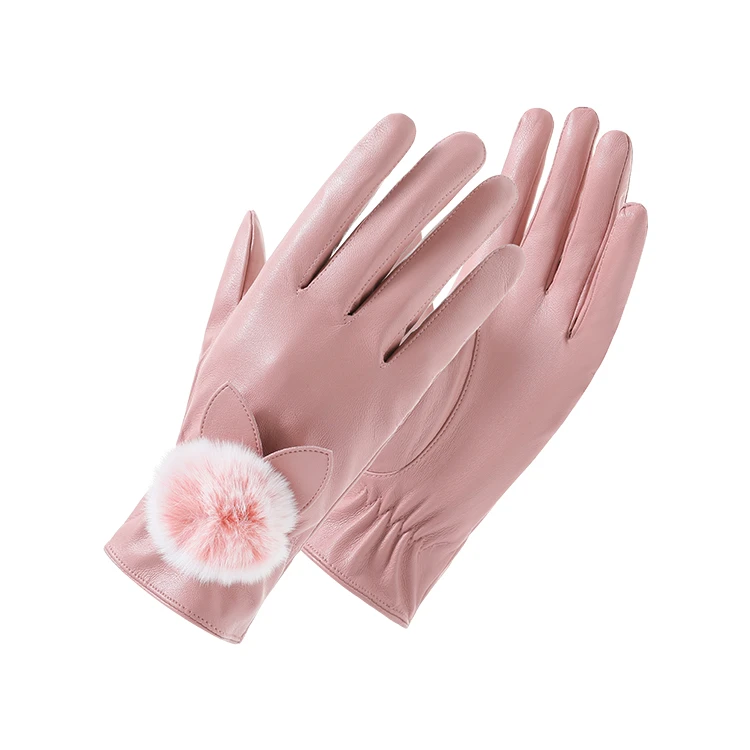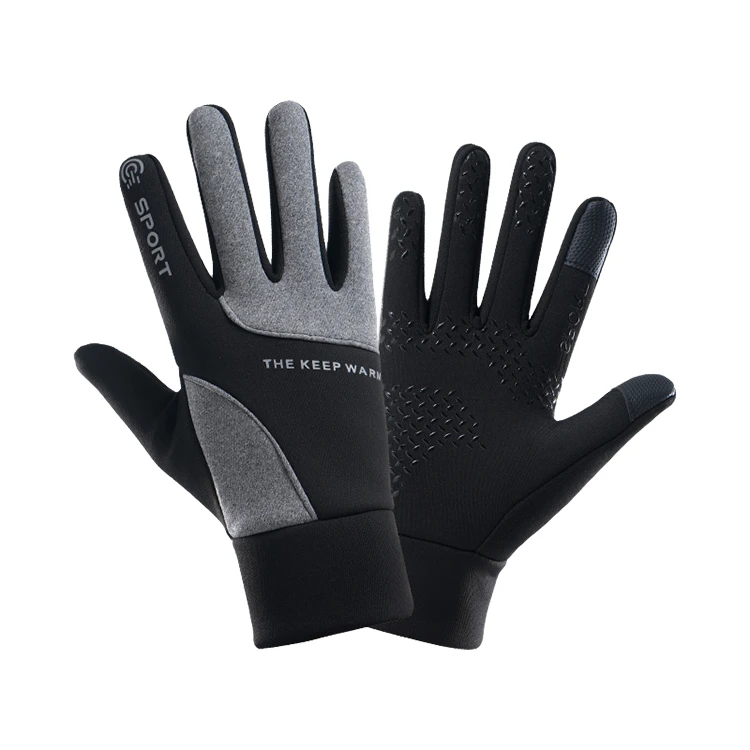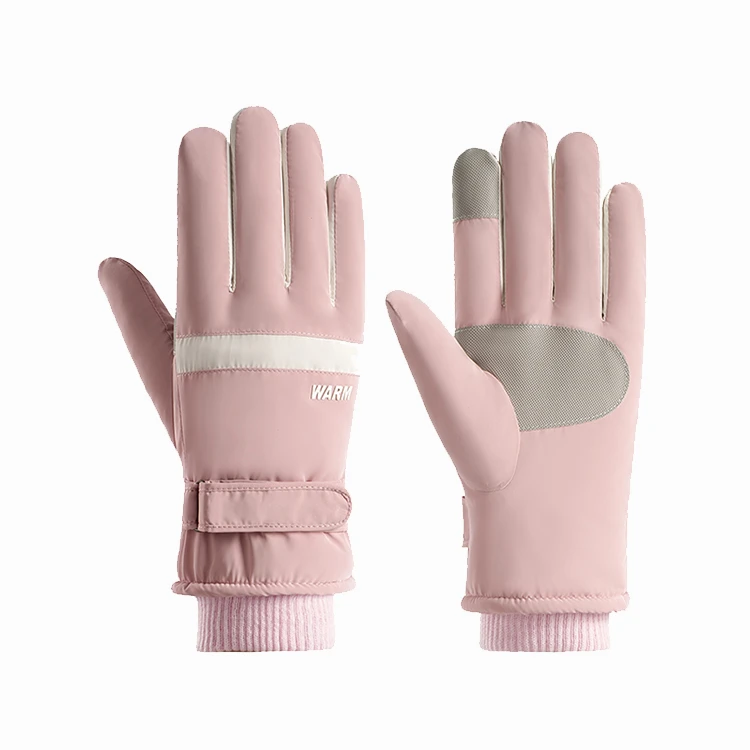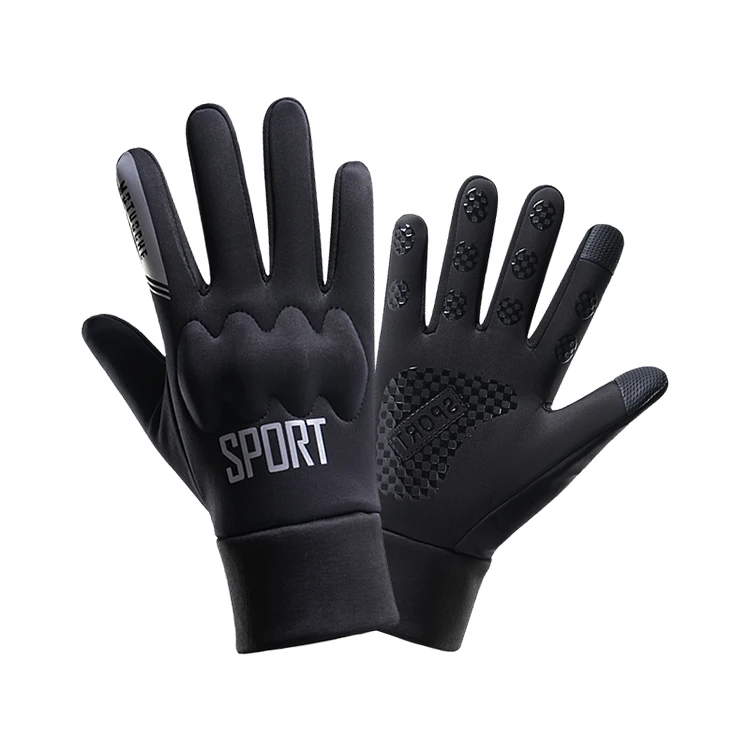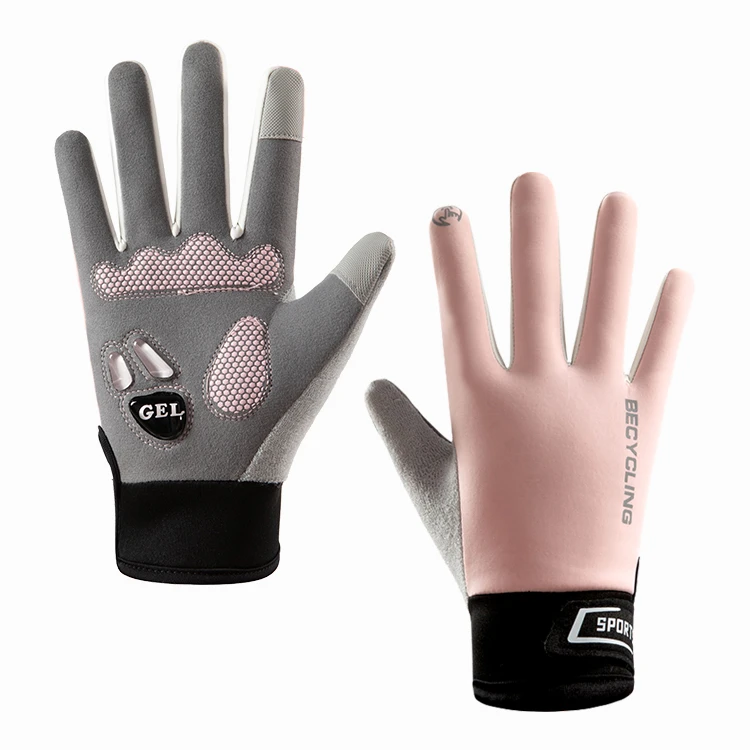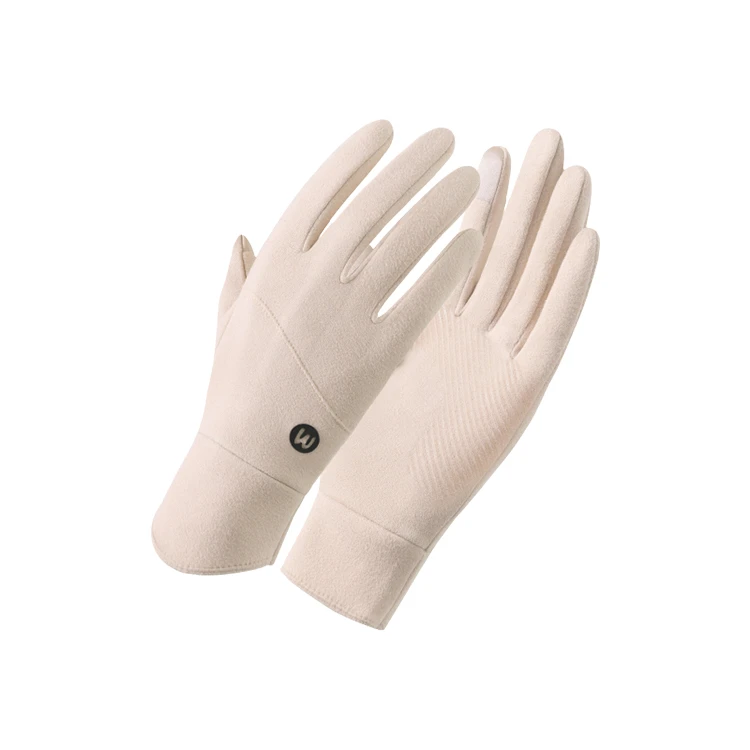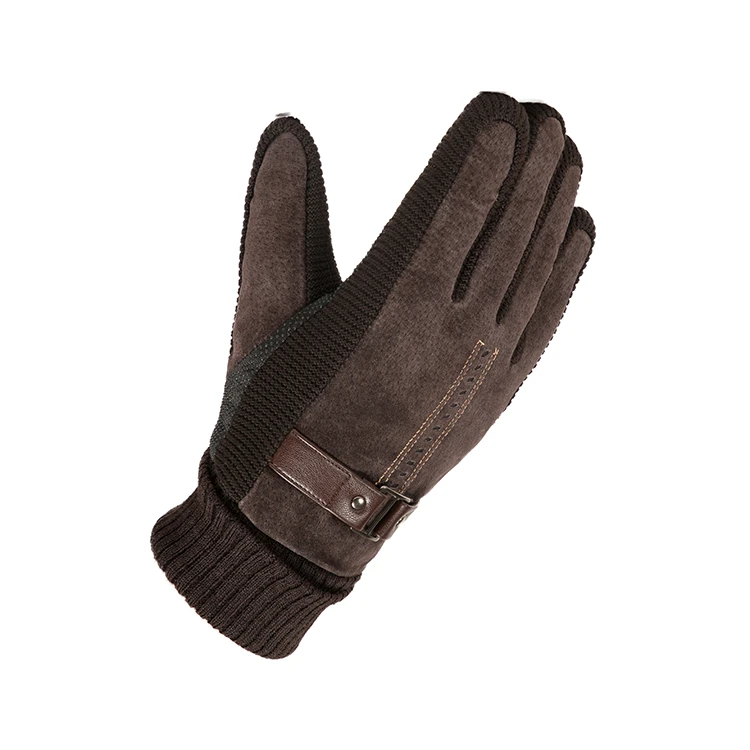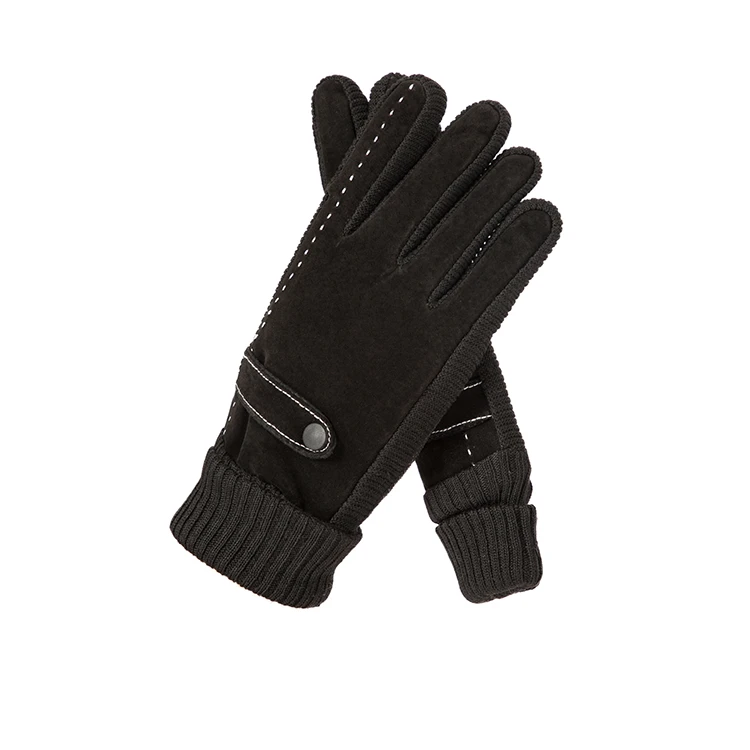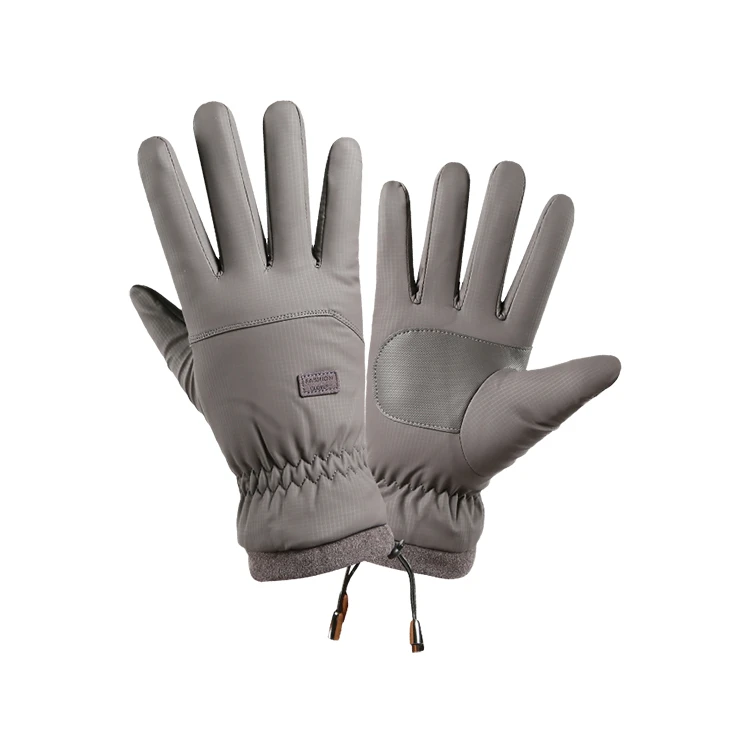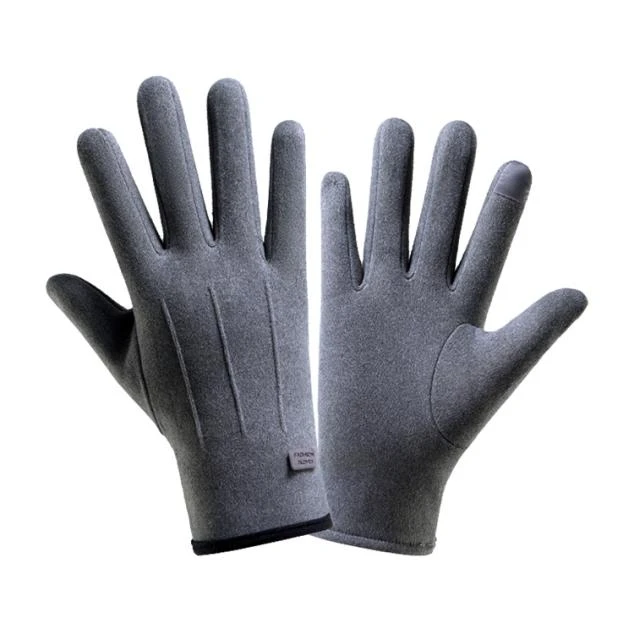|
size |
free size |
|
structure |
suture |
|
gasket |
cotton cloth |
|
length |
21.5cm |
|
colour |
black |
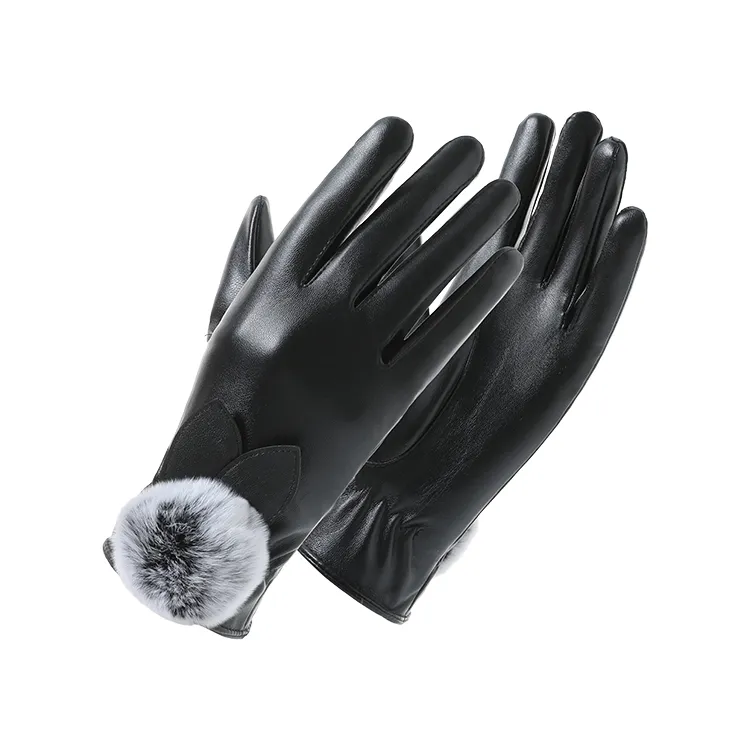
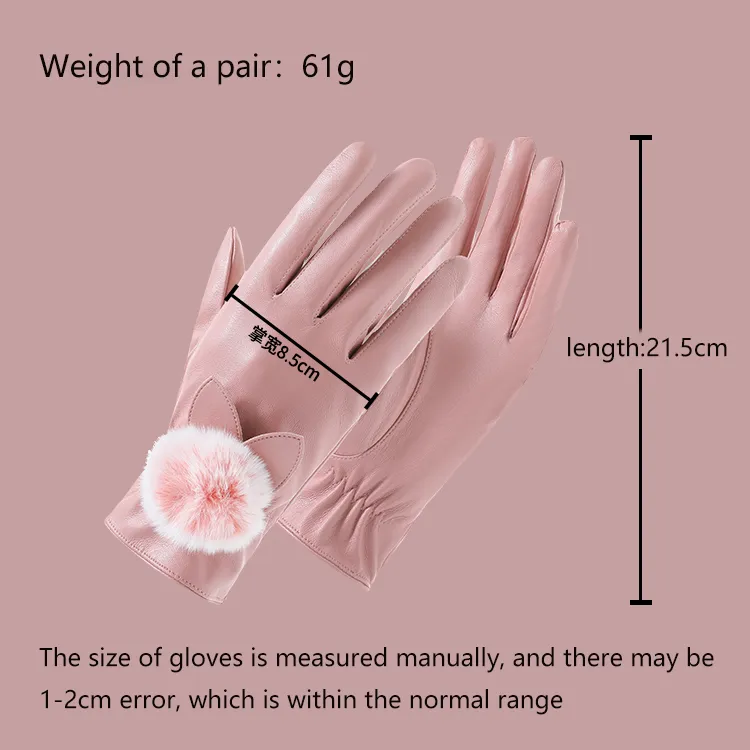
Ergonomic non-slip design
Fabric warm and comfortable
Fingertips touch the screen to free your hands
Full hand non-slip fit hand shape
67*28*52。16.72Kilo or so 200 pairs






Are Leather Gloves Better Than Wool?
When it comes to choosing the right pair of gloves for the colder months, two popular materials often come to mind: leather and wool. Each has its own unique set of advantages and disadvantages, making the decision a matter of personal preference and specific needs. In this article, we will explore the characteristics of leather gloves and wool gloves, ultimately addressing the question: Are leather gloves better than wool?
Durability and Longevity
One of the most significant advantages of leather gloves is their durability. Leather is a robust material that can withstand wear and tear much better than wool. A good pair of leather gloves can last for years, even with regular use. They are resistant to abrasions and can maintain their shape over time, making them a worthwhile investment for anyone who spends a lot of time outdoors or in harsh conditions.Wool gloves, while warm and comfortable, tend to wear out more quickly. Wool fibers can become matted and lose their insulating properties after repeated use and washing. If you are looking for gloves that will stand the test of time, leather gloves may be the better option.
Warmth and Insulation
When it comes to warmth, wool gloves have a clear advantage. Wool is a natural insulator, providing excellent thermal regulation. It can trap heat effectively, keeping your hands warm even in frigid temperatures. Additionally, wool has moisture-wicking properties, which means it can draw sweat away from your skin, keeping your hands dry and comfortable.Leather gloves, on the other hand, can be less effective at retaining heat. While they can provide a certain level of warmth, they often lack the insulating properties of wool. However, many leather gloves come with linings made from materials like fleece or Thinsulate, which can enhance their warmth. If you live in an area with mild winters, leather gloves may suffice, but for extreme cold, wool gloves might be the better choice.
Water Resistance
Another factor to consider is water resistance. Leather gloves, especially those treated with water-repellent finishes, can offer a degree of protection against moisture. They can keep your hands dry in light rain or snow, making them suitable for various outdoor activities. However, if leather gets soaked, it can become stiff and lose its shape, requiring proper care and conditioning to maintain its quality.
Wool, on the other hand, has natural water-resistant properties. It can absorb moisture without feeling wet, which can be beneficial in damp conditions. However, wool gloves may not be the best choice for heavy rain or snow, as they can become saturated and lose their insulating ability.
Style and Versatility
When it comes to style, leather gloves often have a more sophisticated and timeless appeal. They can be dressed up or down, making them suitable for both casual and formal occasions. Leather gloves come in various styles, from classic driving gloves to chic fashion statements, allowing for versatility in your wardrobe.Wool gloves, while cozy and functional, may not offer the same level of elegance. They are typically more casual and may not pair well with formal attire. However, they come in a wide range of colors and patterns, allowing for personal expression and creativity.
Whether leather gloves are better than wool depends on your specific needs and preferences. If you prioritize durability, style, and water resistance, leather gloves may be the better choice. However, if warmth and moisture-wicking properties are your primary concerns, wool gloves could be the way to go. Ultimately, the best option is to consider your lifestyle, climate, and personal taste when making your decision.
